All dogs, big or small, need mental and physical challenges to be happy and good canine citizens. When these needs go unmet, dogs can become bored and engage in destructive behaviors like furniture chewing, hole-digging, or incessant barking. These are not acts of disobedience, but signs that your dog wants an outlet for engagement and activity.
High-energy breeds in particular are prone to mischief brought on by boredom. According to the American Kennel Club, left unchecked, such behaviors are usually remedied by ensuring that they receive regular physical exertion and mental stimulation.
Additionally, not leaving your dog alone for long stretches can also head off the development of separation anxiety (expressed through destructive behavior) in the future. Knowing your dog well and providing them with stimulation that satisfies their individual needs can result in a happier dog, a happier you, and a happier home.
Dog Breeds That Are The Most Destructive When Bored
Here are seven dog breeds:
1. Labrador Retriever
Labrador Retrievers are bundles of energy. Originally bred to help hunters, they are capable of serving tirelessly for hours, retrieving game and swimming for hours without getting tired. Today, Labs are still known for their active nature and need for physical activity. Labs can be the biggest trouble if they are not adequately mentally and physically stimulated.
Labs adore water. Whether in a pool, lake, or even a muddy puddle, they are always ready for a dive into a splashy adventure! Swimming is not just fun for them, it is a tip of the hat to their working past. For Labs, fetching isn’t just a game; it’s a passion. Put these dogs in a yard, give them a tennis ball, and they would play fetch all day.
It’s a wonderful way to keep their overactive minds engaged, too. Labs are friendly and lovable, but they still need training. With no consistent training or leadership from their owners, these energetic puppies can soon forget their manners.
2. Border Collie
Border Collies are considered by many to be the smartest dog breed on the planet. That’s crazy when you imagine that one well-known Border Collie knew more than 1,000 words and language commands! These dogs have a compelling “herding eye” that enables them to control livestock. Do not be surprised if they attempt to herd your children, other dogs, or bicycles.
Border Collies are go-go-go dogs. Running, jumping, and playing are all a part of the lives of these dogs. According to WebMD, unless you allow enough exercise, prepare for creative and destructive things to happen. Workaholic pups that live to serve.
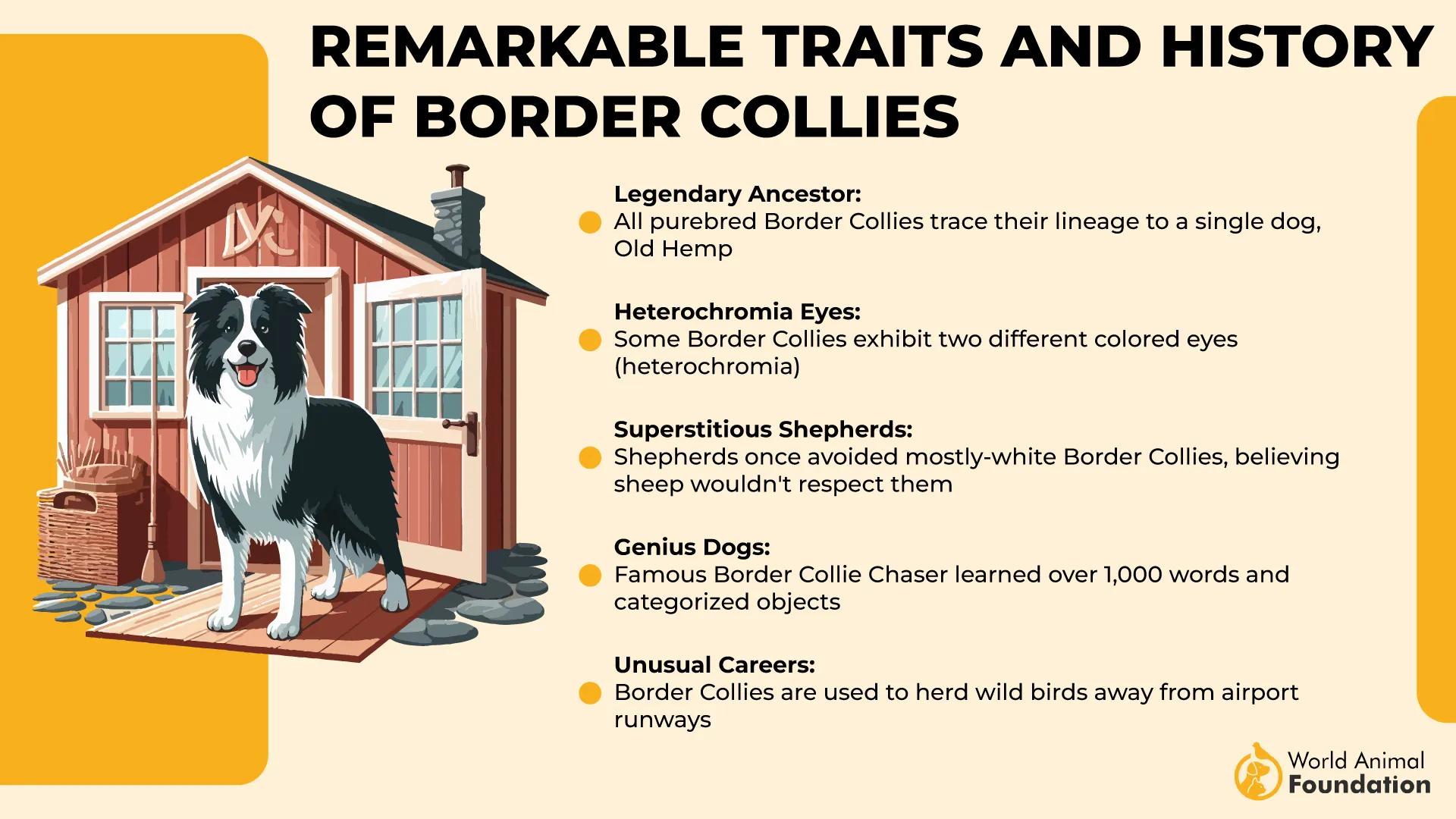
Whether rounding up sheep or winning agility competitions, they are happiest when they have work to do. A few Border Collies can exhibit obsessive behaviours, such as circling or even “attacking” their tails or becoming fixated on a particular toy. That’s just their hyperfocus kicking in.
3. Jack Russell Terrier
Though small in size, these terriers are brimming with self-assurance and boldness. Whether they’re chasing a squirrel or defending their space, they’re known for not being shy.
Jack Russells are so smart that they love a challenge. They’re natural puzzle solvers, so treat-dispensing toys or training games are up their ally.
Originally bred to hunt foxes, their passion for digging is an instinct. If you don’t, they may take that as a sign that it’s time to install their perfect backyard. They’re fun-loving and full of life, and make for great companions for active families or anyone else who appreciates an adventurous sidekick.
4. Siberian Husky

Their amazing stamina allowed them to pull for miles with light sledges over icy stretches of ground. Huskies are known for their “talking.” They bark, yip, and even attempt to make human-like sounds to communicate. They’ll be happy to chat with you. Huskies are very intelligent, but begin to think on their own.
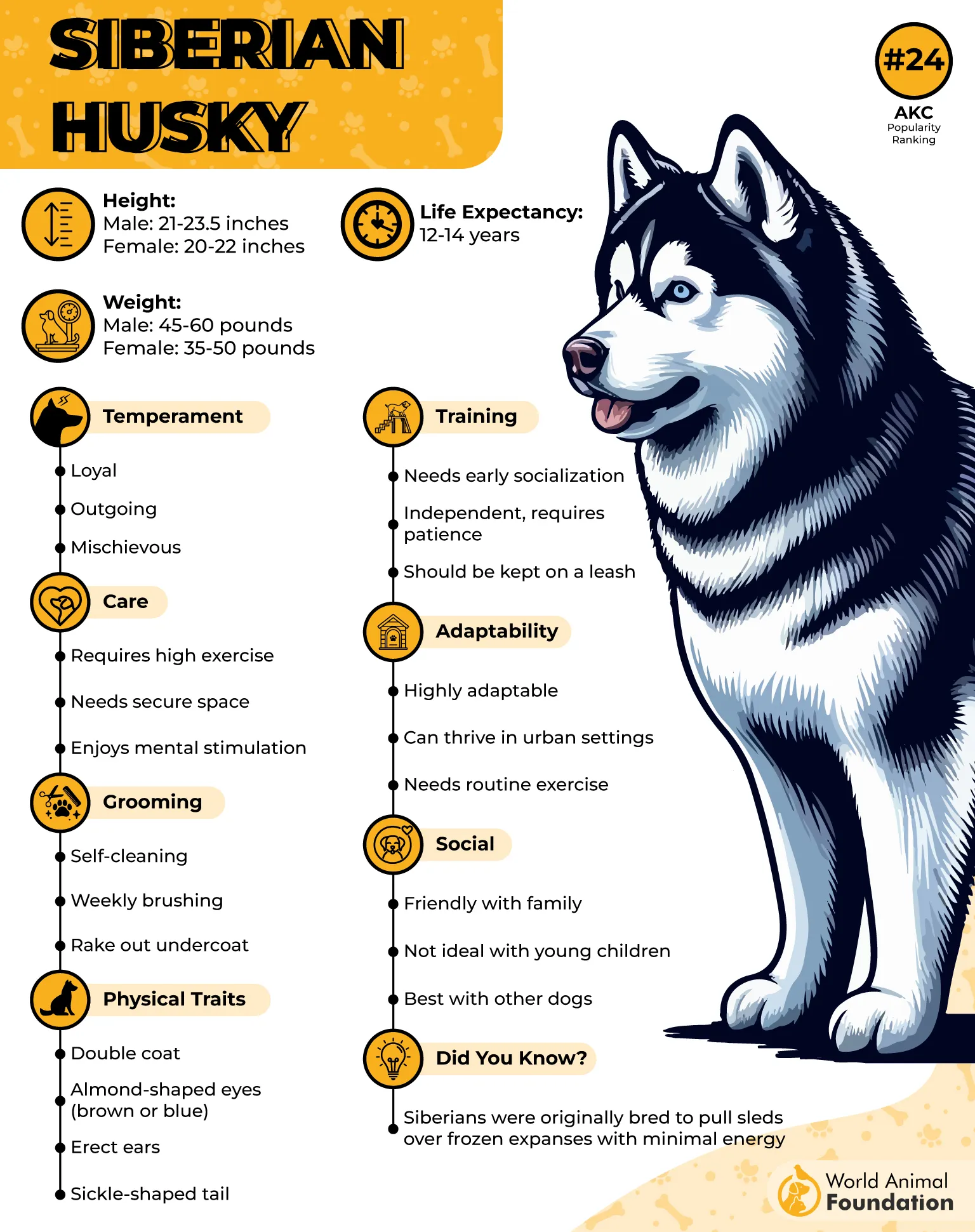
They may even just ignore what you’re telling them to do, especially if they’ve determined there’s something more interesting to do. Huskies are double-coated in order to survive extreme cold, but they shed like berries in August.
Prepare yourself for some serious fluff storms on your floor. They can be well-behaved, good-natured pets with a little time, patience, and positive feedback.
5. Beagle
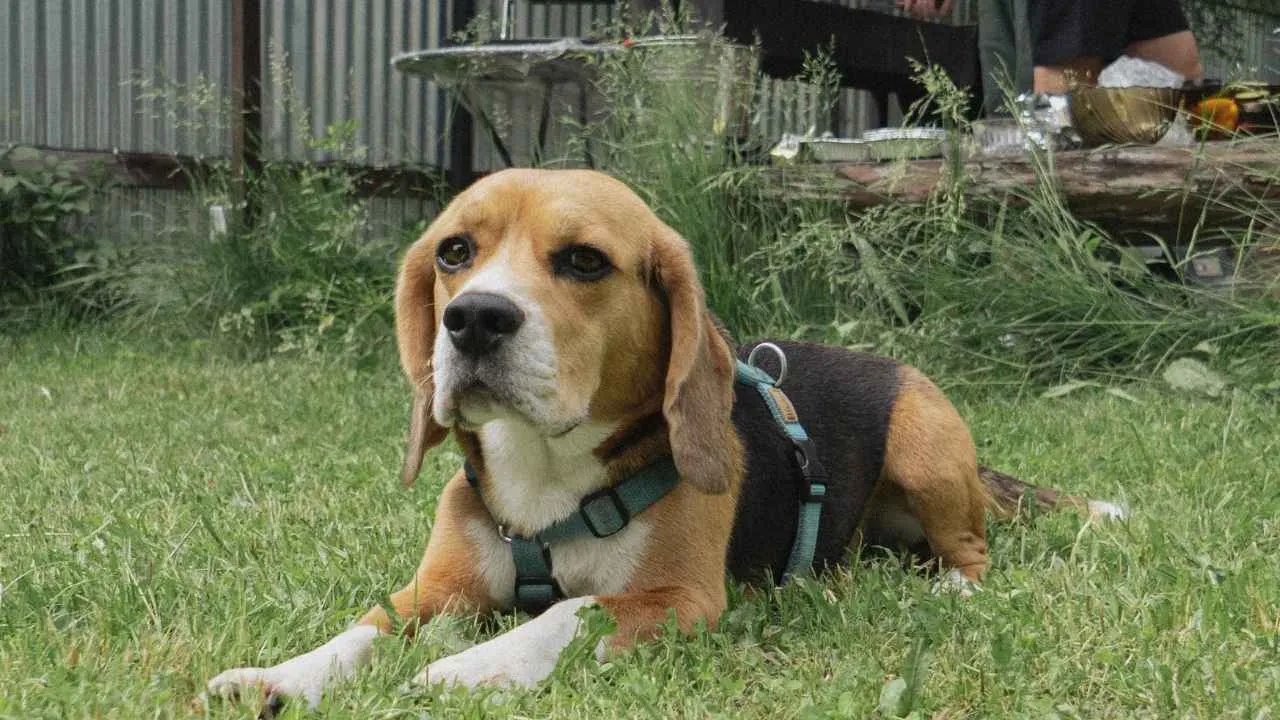
Beagles have an amazing sense of smell, with approximately 220 million scent receptors in their noses. That’s why they are frequently used as detection dogs at airports, sniffing out contraband or even invasive species. These hound dogs are full of zest for life and curiosity, unfathomable to space scientists.
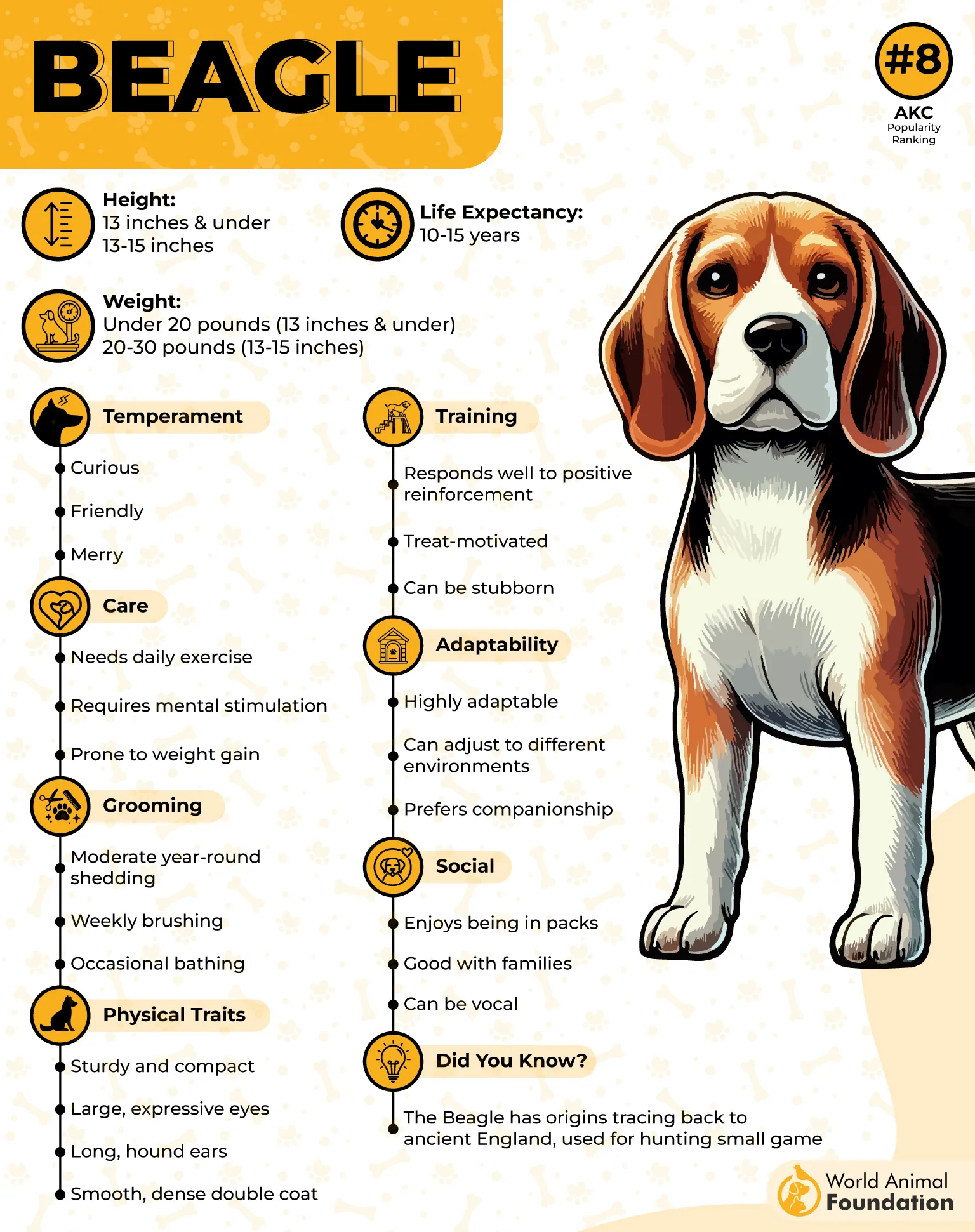
If you are a proud dog owner of a Beagle in your household, you might have already noticed that your yard has become an excavation site, as your Beagle just loves digging holes and snuffling out interesting smells. Beagles (particularly when they are puppies) have an instinct to chew at everything in sight as a means of exploring their environment and during teething.
They’ll chew on anything, which means you need durable chew toys and supervised house-proofing to help avert casualties (winter shoes, watch out). Beagles are great dogs if you are an outdoor enthusiast. They require a lot of exercise to manage their energy, ranging from daily walks or scent trails to games of agility.
6. Australian Shepherd
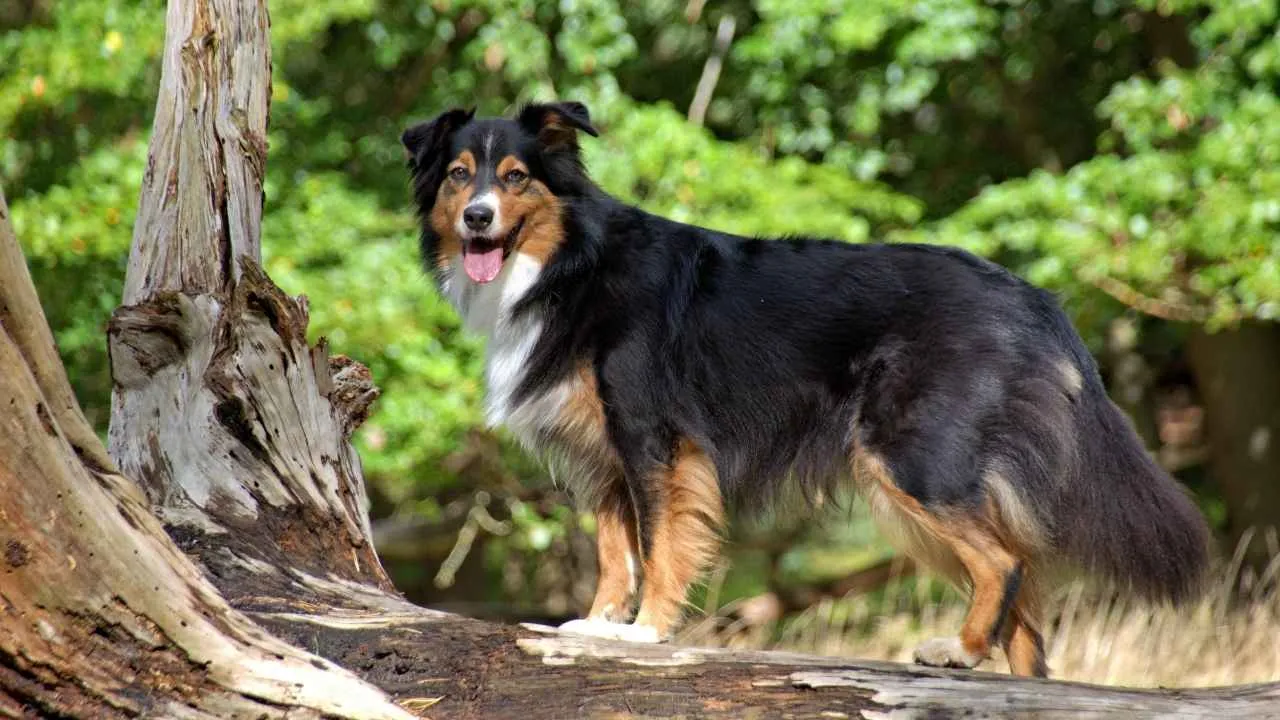
Despite their name, Australian Shepherds were bred in the United States, not in Australia. They may take their name from their connection with Basque shepherds who migrated from Australia. Their glamorous merle coats and their intense blue or heterochromatic eyes make them physically attractive.
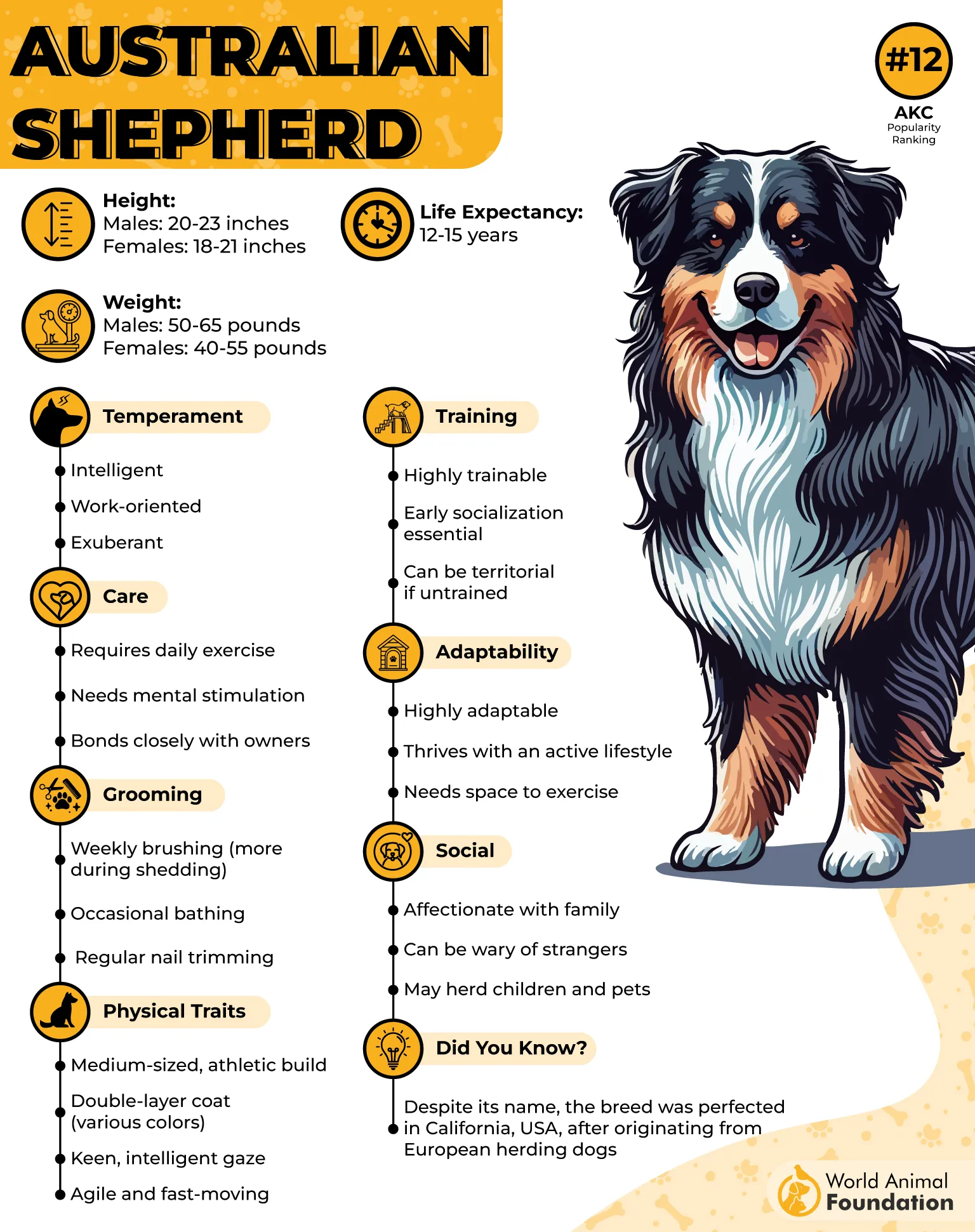
Remember that their double coats may need special attention. Aussies are generally a hearty breed, but can be genetically prone to some ailments such as hip dysplasia and eye problems, including cataracts and progressive retinal atrophy.
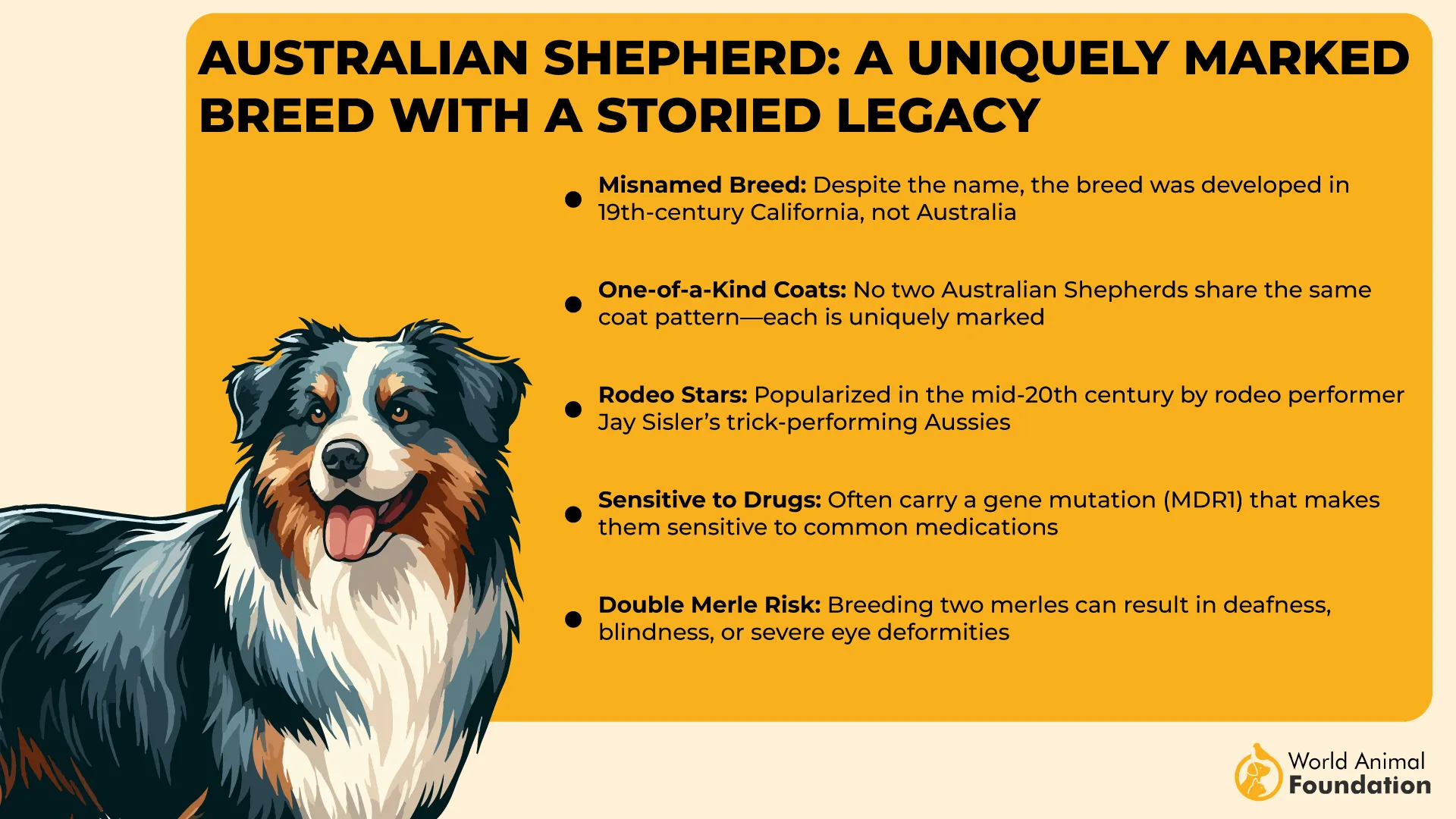
Early vet checks and good care can go a long way toward mitigating those risks. Aside from herding, Australian Shepherds have demonstrated their prowess as search-and-rescue dogs, therapy pals, and even movie stars thanks to their impressive trainability.
7. Belgian Malinois

Belgian Malinois are not the family dogs that you are used to. Dubbed Maligators, a portmanteau of Malinois and alligator for their powerful jaws, these hard-working dogs are best for experienced owners who want a loyal, active partner.
Belgian Malinois, however, were developed as sheepdogs in Belgium. According to Orvis, their instinct to herd comes in handy even today, whether they’re herding livestock or trying to keep the people in their family in line.
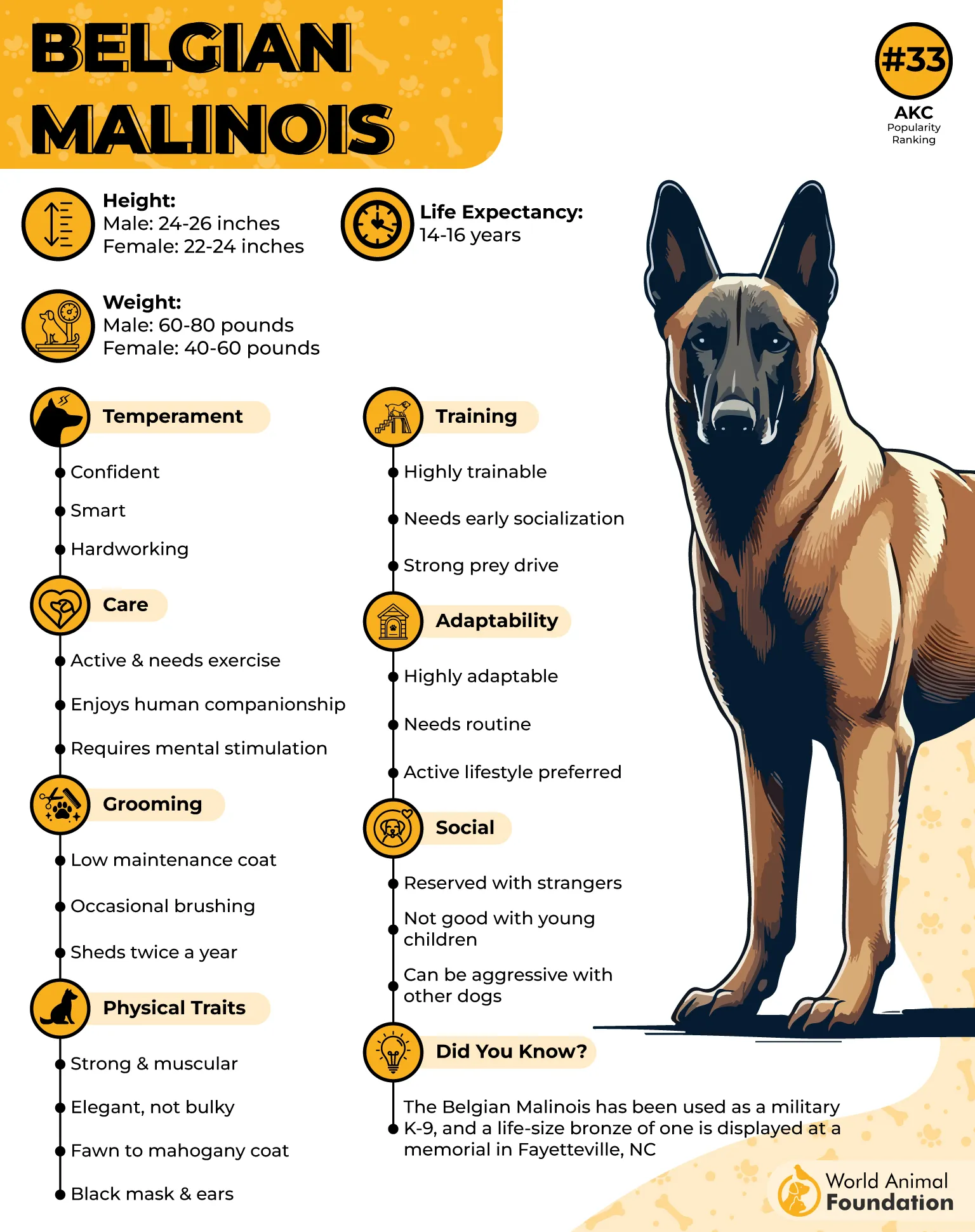
Loyal and protective, both, Malinois are excellent guard dogs. They are the barkers of the dog world and will let you know if there’s anything they’re suspicious of. These are not dogs that know how to turn it off. Left alone or unchallenged, they can turn to chewing, barking, or discover creative ways to entertain themselves, such as climbing fences.
Conclusion
Behind each chewed-up shoe or bit of shredded couch cushion appears to be a simple truth: dogs are smart, emotional beings, and their needs extend far beyond food, water, and a comfy bed. It’s natural to want to call a misbehaving puppy “naughty,” but it’s much more productive to consider their behavior a request for more attention, purpose, and engagement.
Destructive proclivities generally have no roots in rebellion — they’ve just lost their way. Many breeds were developed for specific purposes (herding, guarding, retrieving), and when modern life does not provide a need for those, they invent their own “jobs”: chewing furniture or barking at each leaf that falls outside the window. Unattended, even the best-intentioned dog can transform a peaceful home into mayhem.


